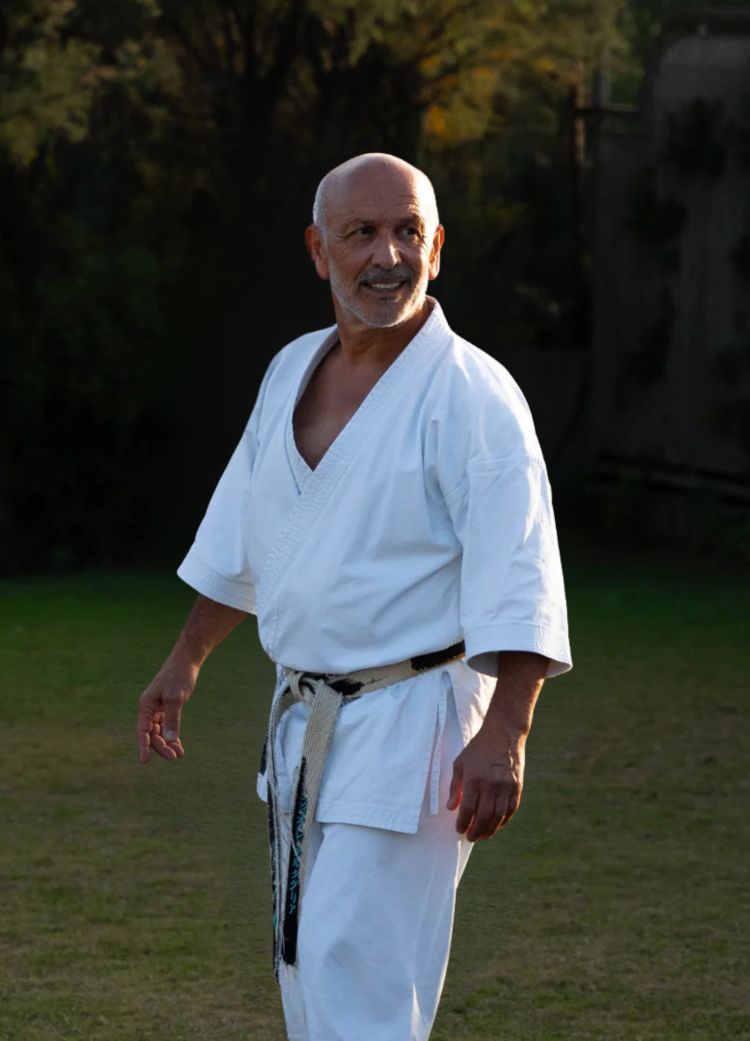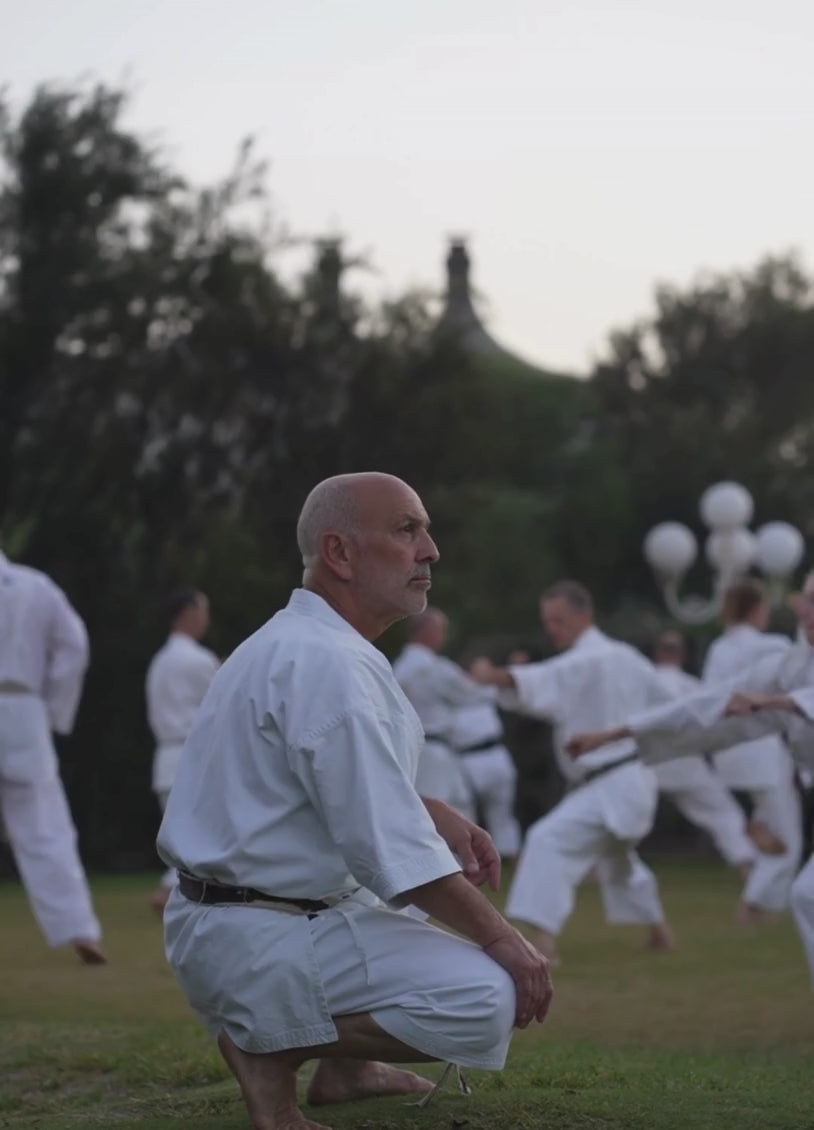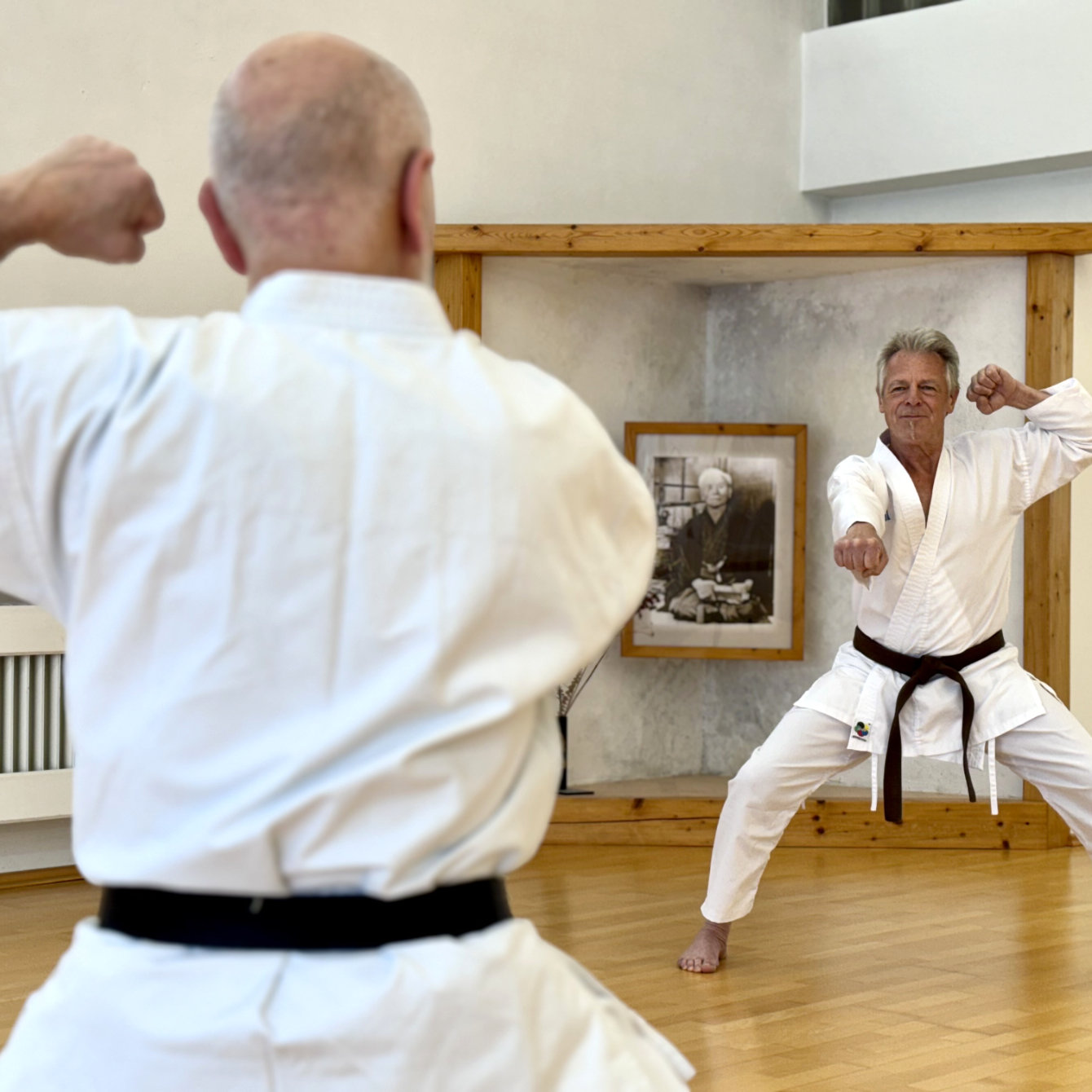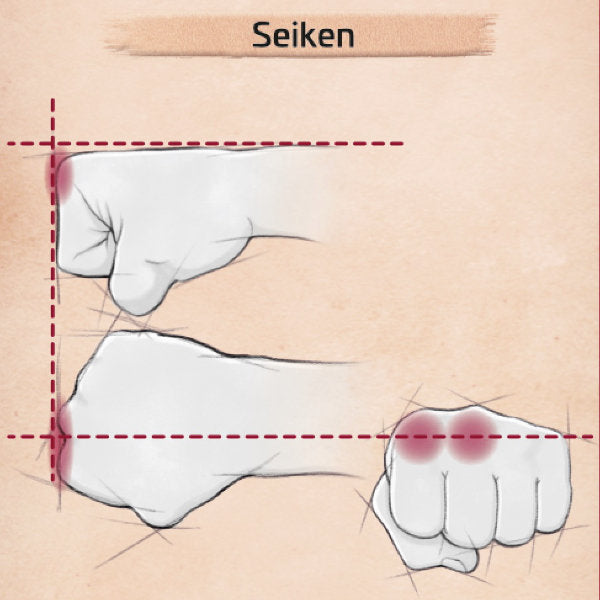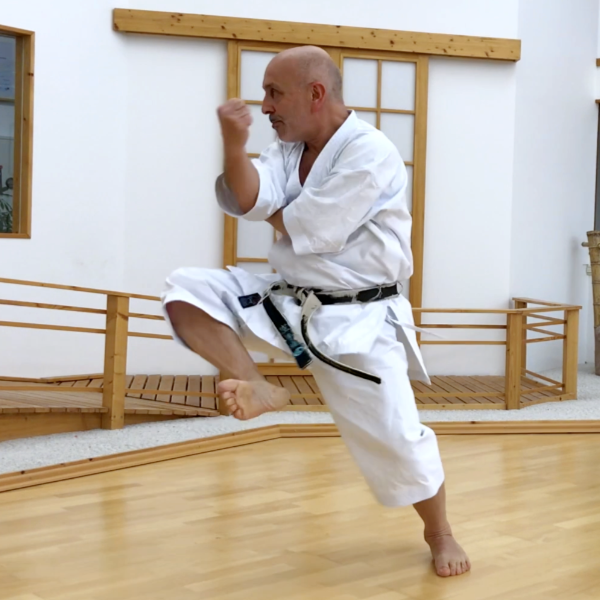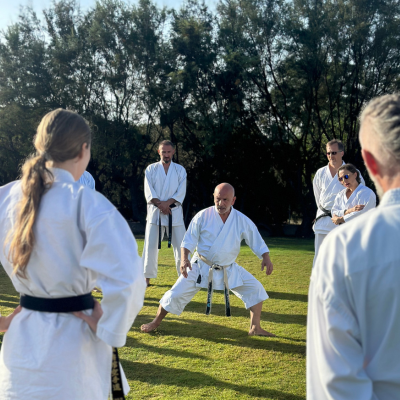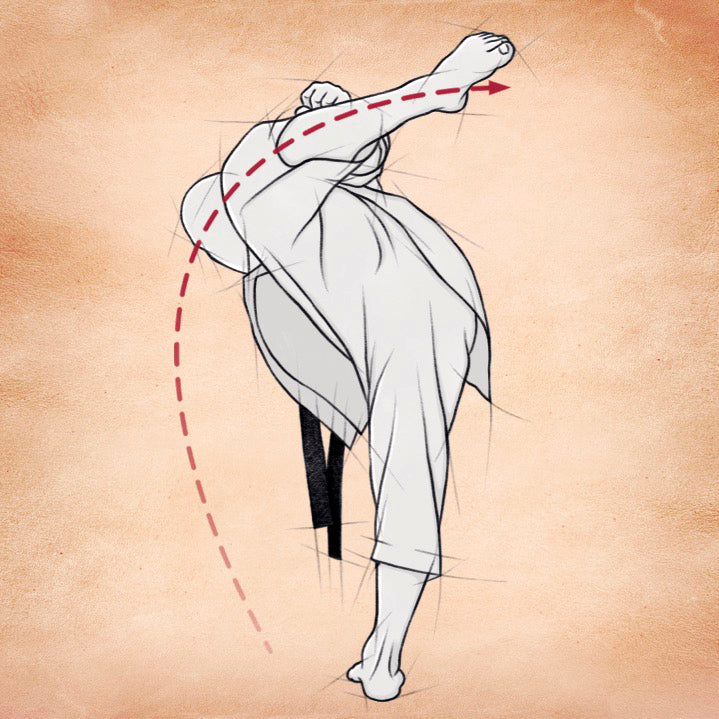🇩🇪DE
Shotokan Kata up to Black Belt – Book for Kyu Grades | Volume 1
A clear reference work for all Shotokan kata up to black belt – ideal for learning, consolidating and repeating.
Couldn't load pickup availability
Product details
Scope of delivery
Technische Daten
Additional information
Artikel lesen

Book Corner
In my experience, even in the digital age, book format still works excellently to help with understanding or gaining background knowledge of karate techniques and historical contexts. Of course, no book can and should replace a trainer, but especially in the area of kata, a reference book for your gym bag is often helpful when simply reviewing the kata you already know—that's what we're going to talk about today!
The so-called "black book series" by Fiore Tartaglia, presented by the KV, has been in existence for 16 years now. Divided into four handy reference works, he covers the Shotokan kata up to and including black belt, as well as the bunkai up to and including black belt. The combination of his profession as a graphic designer and karateka led to a previously unknown and very clear result. While kata books previously depicted the respective end positions, e.g., Zenkutsu Dachi Gedan Barai, these books depict three color-coded positions between two end positions as detailed drawings, making the path from one position to the next comprehensible for all kata. A fold-out legend in the cover explains step sequences, turns, and changes in tempo. The step diagram (Enbusen) included for each end position ensures a comprehensible sequence; in some cases, a side view is also shown. The Japanese name of the arm technique and stance is shown beneath each end position, which provides an excellent learning effect. At the end of each kata, there is a brief historical overview, information on the duration of the kata, and possible applications of individual techniques. These applications (bunkai) are expanded upon in Volumes 3 and 4, using the same graphic format, and illustrate various possible applications for the techniques repeated in each kata. In my opinion, these volumes open our eyes to the diverse uses of the techniques we practice in Kihon and once again underscore the claim of karate-do as an effective form of self-defense.
The volumes conclude with a brief historical overview of karate, kata, and bunkai, as well as an explanatory key with arm and leg techniques and stances, again accompanied by a diagram where unclear. Divided into four volumes, every karateka can expand their library as their knowledge increases over the course of their training. There are a number of good kata books available, but their clarity and imparting of knowledge prompted me to recommend these books as an introduction to the subject.
Also interesting is the career of the author, who grew up in Italy, has practiced karate since 1974, has lived and worked in Germany since 1982, and brings with him a wealth of experience as a 5th Dan in Shotokan. During the unforgettable Millennium seminar at the 2014 Karate World Championships in Bremen, we took the opportunity to train with him and have our books signed ;-)
Conclusion: A great book series for karateka of all levels from a friendly and experienced trainer!
As a real bookworm, I'd be happy to give you the opportunity to borrow one or two copies from me or to take a look!
Greetings and OSS!
Willi
























